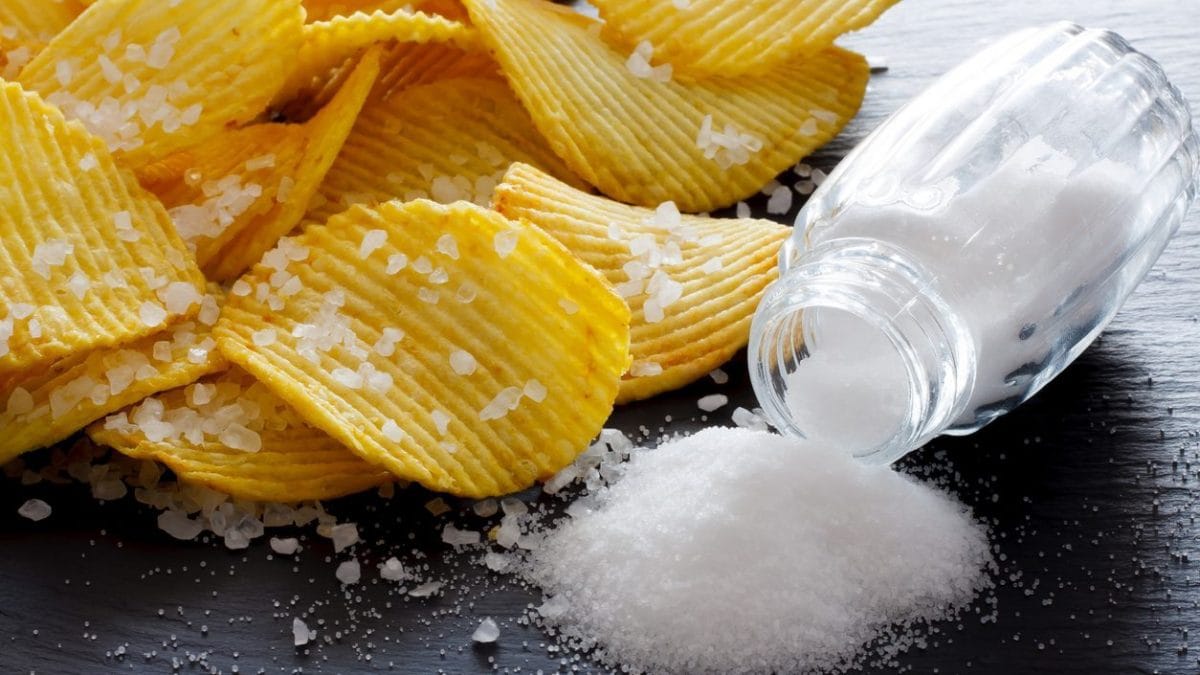
Every year, in spring, a silent but crucial global campaign for public health is launched: World Salt Reduction Week. The initiative, promoted by World Action on Salt, Sugar and Health (WASSH), has a simple yet ambitious goal: to make us eat less salt. Not because salt is poison, but because, as often happens, it is the quantity that does the damage.
That Extra Teaspoon That Makes The Difference
According to the World Health Organization (WHO), we should not exceed 5 grams of salt per day, the equivalent of a teaspoon. But almost no one respects this limit: in many countries, including the U.S., we consume double, often without realizing it. The reason? Salt is hidden. In fact, salt is not only what we add with our hands, but above all that found in packaged foods: bread, cheese, cured meats, snacks, ready-made sauces, pre-cooked dishes and even in unsuspecting foods.
Yet, that little bit more can cause many problems over time, excessively increasing blood pressure, straining the heart, damaging the kidneys and increasing the risk of heart attacks and strokes. The problem does not only concern the elderly: it is a real global health emergency. An opportunity to look at the label (and the plate) with new eyes: during this week, associations, experts and health institutions are mobilizing to inform, educate and stimulate change. Information campaigns are organized, materials are distributed in schools and hospitals, and sometimes even companies respond with commitments to reduce the salt content in their products.
It is not about demonizing an ingredient, but about recovering a balance: an invitation to rediscover the authentic taste of food. In fact, there are many alternatives: you can use spices, aromatic herbs, lemon or vinegar to flavor dishes, without eliminating salt completely but, at the same time, without abusing it.

How Much Salt Do We Consume?
Excessive salt consumption is a major public health concern globally. According to WHO, the average daily salt intake in adults is about 10.8 grams, more than double the recommended threshold of less than 5 grams per day. To address this problem, WHO has set a target of reducing the average salt intake in the population by 30% by 2025.
On average, people in the U.S. consume about 3,400 mg of sodium daily—roughly 8.5 grams of salt—which exceeds health recommendations. Most of this comes from processed and restaurant foods. Experts advise limiting intake to under 2,300 mg, ideally 1,500 mg, to reduce risks of high blood pressure, heart disease, and stroke.
What Can We Actually Do?
In our small way, every gesture counts: reading the label before putting something in the cart, choosing low-sodium products, cooking at home more often. And maybe starting to educate children about the natural taste of foods, before their palates get used to artificially “enhanced” flavors.
In the U.S., several initiatives have been launched to raise awareness among the population on the importance of reducing salt consumption, including information campaigns and nutrition education programs. However, data indicate that only a portion of the population manages to maintain salt intake within the recommended limits, highlighting the need for further efforts to promote healthier eating habits. It is essential to continue monitoring salt consumption and implement effective strategies to reduce its intake, to improve the health of the population and prevent diseases related to excess sodium in the diet.
;Resize,width=767;)
